Do you have an electric kettle that is covered in rust? Are you not sure how to remove it? Don’t worry, we are here to help. In this article, we will discuss the different methods that can be used to remove rust from an electric kettle. We will also provide some tips on how to prevent rust from forming in the future. So, whether you are looking for a quick and easy solution or want to take your time and do it properly, we have got you covered!
What is rust and how does it form?
Rust is a type of corrosion that occurs when iron or steel is exposed to oxygen and moisture. This combination of elements causes the metal to break down, forming a reddish-brown powdery substance. While rust can occur on any type of metal, it is most common on iron and steel. Rust can have many negative effects, including weakening the metal and causing it to break. In addition, rust can be unsightly and difficult to remove. Rust typically forms in areas where there is high humidity or exposure to salt water. However, it can also form in dry conditions if the metal is not properly protected from oxygen and moisture.
Why is there rust in my kettle?
Rust is one of the most common problems that people experience with their kettles. While it may not seem like a big deal, rust can cause a lot of damage to your kettle and make it unsafe to use.
Rust occurs when the metal comes into contact with water or moisture. Over time, the metal will start to break down and form rust.
Kettles are particularly susceptible to rust because they are often used to boil water. When water boils, it creates steam, which can cause the metal to expand and contract. This expansion and contraction can loosen the metal, making it more likely to come into contact with water or moisture.
One common cause of rust is that the water you’re using is high in iron. When water with high iron content is boiled, the iron oxidizes and forms rust.
Another possibility is that your kettle isn’t made of stainless steel. Stainless steel is more resistant to rust than other metals, but it can still occur if the kettle isn’t properly maintained.
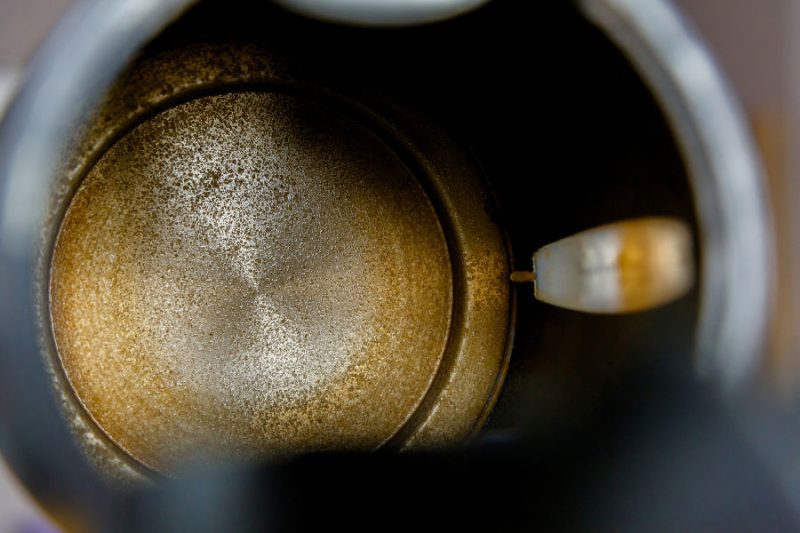
Finally, if you live in an area with hard water, the minerals in the water can also contribute to the formation of rust. While rust in your kettle may not be harmful, it can affect the taste of your tea or coffee. If you’re concerned about rust, it’s best to consult with a qualified specialist.
The dangers of rust in a kettle and how it can affect your health
While a little rust on your kettle may not seem like a big deal, it can pose a serious health hazard. When iron oxidizes, it forms rust, which is a type of iron oxide. Rust can flake off into your kettle’s water, contaminating it with iron oxide.
If you consume this water, you could be at risk for gastrointestinal issues like diarrhea and vomiting. In severe cases, rust contamination can lead to hemochromatosis, a condition where too much iron builds up in the body. This can be dangerous, and even fatal. Rust can also cause your kettle to break down over time, potentially releasing harmful toxins into the air.
Best ways to remove rust if it does form on electric kettles
If you find rust in your kettle, there’s no need to panic. Fortunately, there are a few simple methods that can be used to remove rust from electricity. With a little elbow grease, it’s quite easy to remove.
The first step is to fill the kettle with equal parts water and white vinegar. Let it sit for an hour so that the vinegar has a chance to break down the rust. After an hour, empty the kettle and scrub at the rust with a soft-bristled brush. You may need to use a little force to get all of the rust off, but be careful not to scratch the surface of the kettle. Once you’ve removed all of the rust, rinse out the kettle thoroughly with clean water.

Another option is to make a paste out of salt and lemon juice. This paste can be used in much the same way as vinegar – simply apply it to the rusty areas of the kettle and let it sit for a few hours. Once the time is up, use a soft sponge or brush to scrub away any remaining rust. Lemon juice is also known for its antibacterial properties, so this method can also help to clean and disinfect your kettle at the same time.
Finally, you can also use baking soda to remove rust from an electric kettle. Baking soda is a mild abrasive that can help to loosen and lift rust from surfaces. Simply make a paste out of baking soda and water, and apply it to the rusty areas of the kettle. Let it sit for a few minutes before scrubbing away any remaining rust with a soft sponge or brush. You may need to repeat this process a few times for particularly stubborn rust stains.
If your kettle is still looking a little dull, you can polish it with a soft cloth and a teaspoon of olive oil. Rub the oil into the surface of the kettle in small circular motions until it’s shiny and streak-free. Then rinse away any excess oil with warm water and dry the kettle with a clean towel. With a little bit of effort, you can easily remove rust from an electric kettle and restore it to its former glory.
Tips for preventing rust from forming on electric kettles
There are a few simple tips you can follow to help prevent rust from forming on your electric kettle.
One way to prevent rust is to keep the kettle clean. Washing it regularly with soap and water will help to remove any dirt or grime that could contribute to rust formation. In addition, it is important to dry the kettle completely after each use. This can be achieved by wiping it down with a towel or using a kettle drying rack.
Another way to prevent rust is to provide ventilation for the kettle. This can be done by leaving the lid open when the kettle is not in use. Doing this will allow air to circulate and prevent moisture from building up inside the kettle.
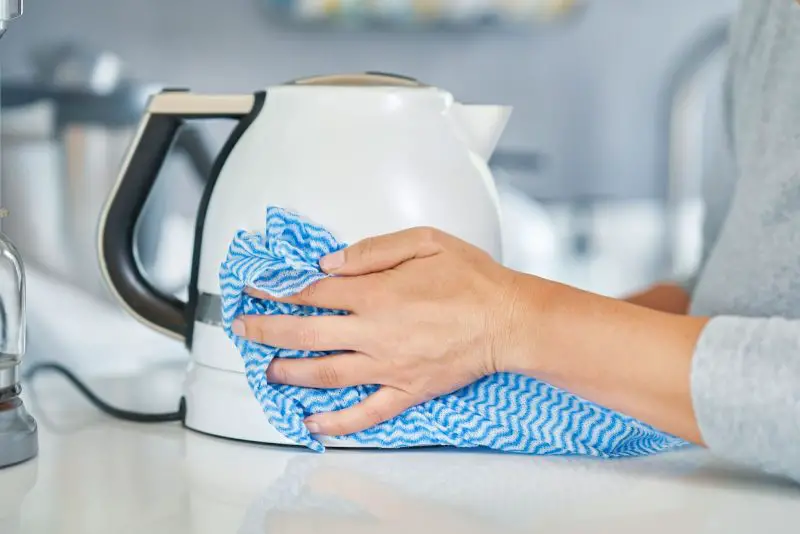
Don’t allow your kettle to boil dry. This is one of the most common causes of electric kettle rusting. The water helps to lubricate the moving parts inside the kettle and prevents them from overheating. When there is no water left in the kettle, these parts can start to rub against each other, causing friction and eventually leading to rust formation.
Consider using a Rust-Prevention Product. There are many different products available that claim to prevent rust formation on metal surfaces. Some of these products work by creating a thin barrier between the metal and the oxygen in the air. Others work by neutralizing the acids that cause corrosion. Before using any of these products, be sure to read the manufacturer’s instructions carefully to ensure safe and effective use.
Rust prevention does not have to be difficult. By taking some simple measures, you can keep your electric kettle looking like new for years to come.
Examples of electric kettles that are resistant to rust
Stainless steel electric kettles are some of the most resistant to rust. This is because, unlike other materials such as cast iron, stainless steel is less likely to corrode when exposed to water. As a result, stainless steel kettles are a good choice for those who live in areas with high humidity or for those who often use their kettle in hard water.
Another option is an electric kettle made of glass. Glass kettles are also resistant to rust, and they have the added benefit of being able to see the water inside as it boils.
Finally, some electric kettles are coated with a material that helps to prevent rusting. These kettles typically have a layer of enamel on the exterior, which acts as a barrier against water and corrosion. For those who are looking for an electric kettle that is both durable and stylish, one of these options is sure to meet your needs.
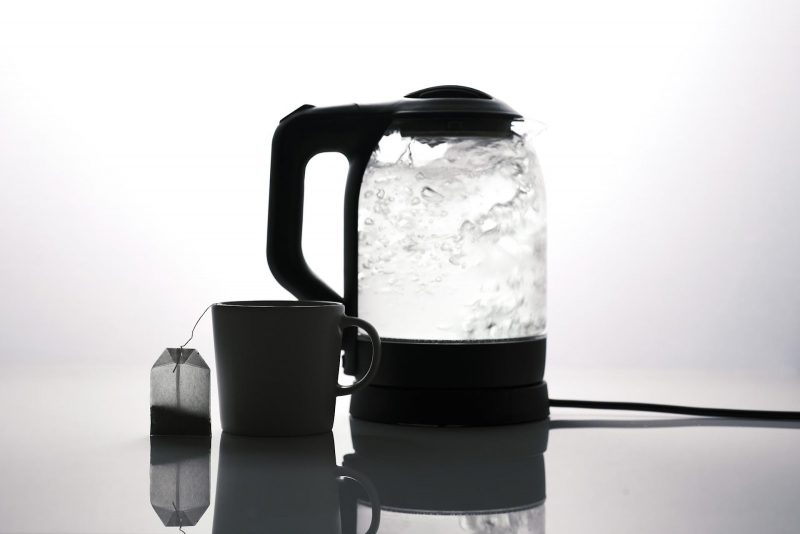
Conclusion
Electric kettles are a common household appliance, and they can often be found in kitchens across the globe. While most electric kettles work perfectly well for many years without any problems, sometimes rust can form on the metal parts of the kettle. Rust can cause damage to the kettle and may even make it unsafe to use. In this article, we have provided a guide on how to remove rust from an electric kettle. We have also shared some tips on how to prevent rust from forming in the first place. If you have an electric kettle that is affected by rust, please follow these instructions carefully to restore it to its former glory.
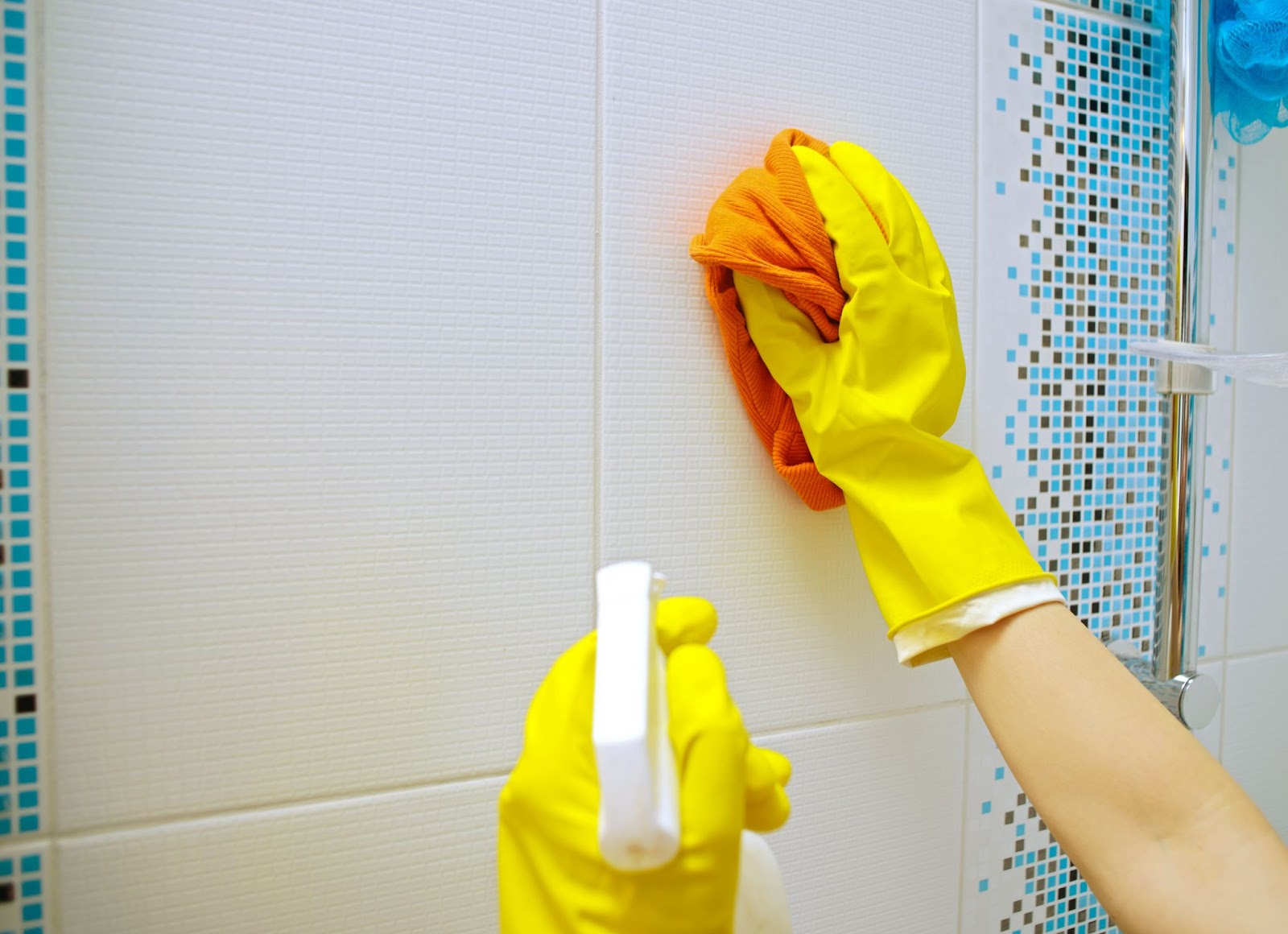
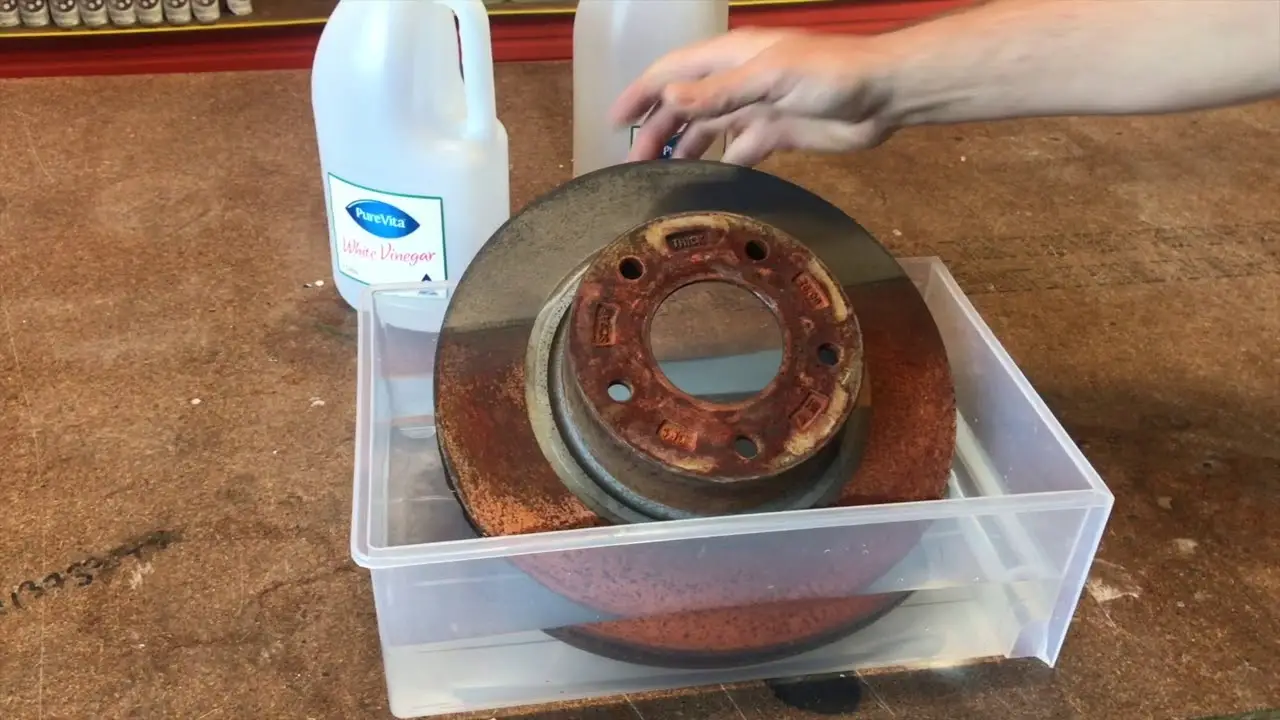
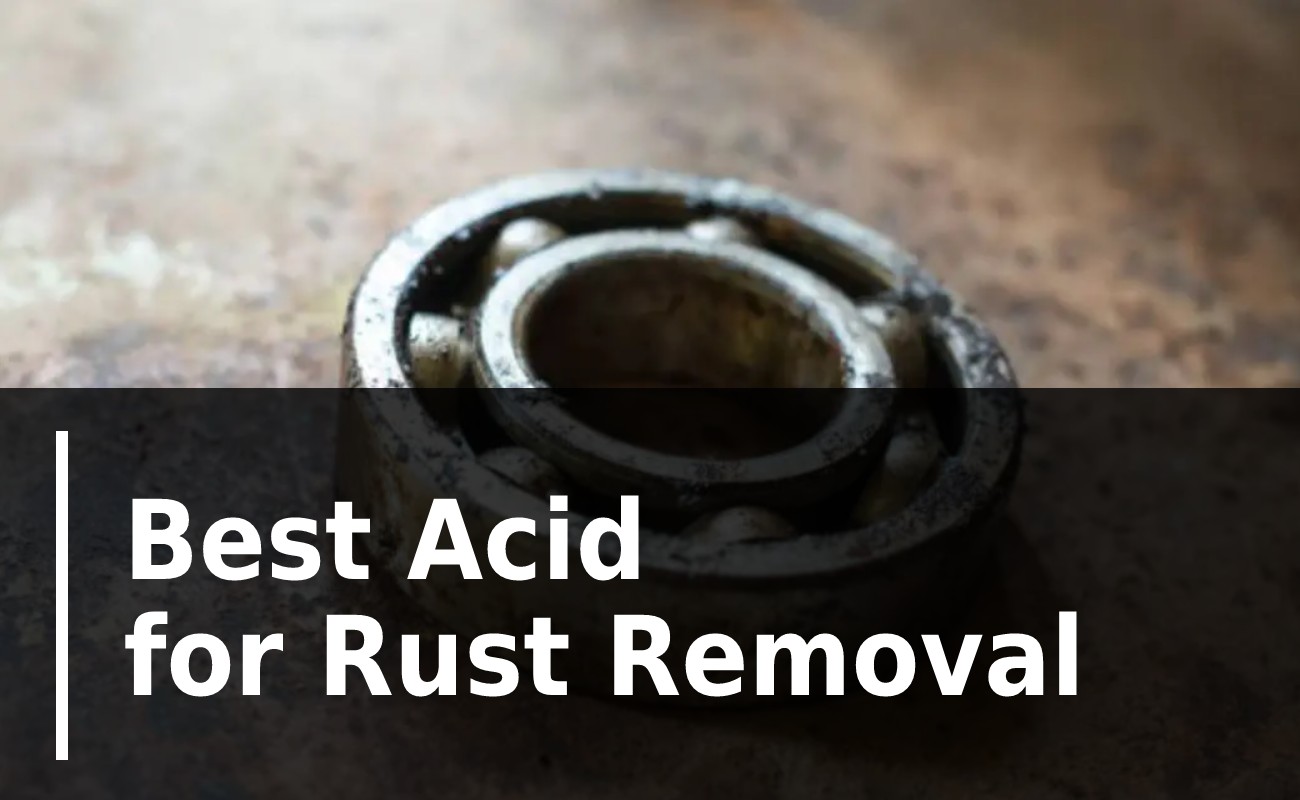
Leave a Reply